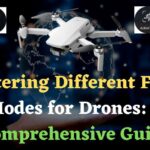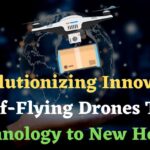Ready to take your drone flying to the next level by becoming a FPV Drone Pilot? Learn the art of FPV drone piloting and experience the thrill of flying like never before! From aerial acrobatics to cinematic shots, discover the limitless possibilities of FPV drone flying. Learn about qualifications needed, costs, and job opportunities at drone pilot institute. Get started today!
What is a FPV Pilot?
An FPV pilot is a drone enthusiast who enjoys flying their drone from a first-person view. This means they fly their drone while wearing special FPV goggles or using a monitor that displays the video feed from the drone’s camera.
Flying with FPV goggles or a monitor provides a more immersive experience than traditional line-of-sight flying. It allows the pilot to feel as though they’re actually sitting in the cockpit of the drone, seeing exactly what the drone sees.
In addition to being more immersive, flying with FPV can also be more precise. Since the pilot can see exactly what the drone sees, they can fly more accurately and avoid obstacles with greater ease.
How do I become a FPV drone pilot?
Becoming an FPV pilot takes time, practice, and patience. Here are the steps you need to follow to become an FPV pilot:
Step 1: Get a Drone The first step to becoming an FPV drone pilot is to get a drone that is compatible with FPV flying. You’ll need a drone that has a camera and the ability to transmit a live video feed to your FPV goggles or monitor.
Step 2: Get FPV Equipment in addition to a drone. This includes FPV goggles or a monitor, a video transmitter, and an antenna.
Step 3: Practice Line-of-Sight Flying Before you dive into FPV drone flying, you’ll need to become proficient at flying your drone line-of-sight. This means flying your drone while looking at it directly, without using the video feed from the camera.
Step 4: Practice with FPV Drone Simulator once you’re comfortable flying your drone in line-of-sight, it’s time to start practising with an FPV simulator.
An FPV drone simulator is a software programme that allows you to practise flying your drone using FPV goggles or a monitor.
Step 5: Start Flying FPV when you feel comfortable flying with the simulator, it’s time to start flying FPV in the real world. Start in an open, safe area and practise flying slowly, gradually increasing your speed as you gain more experience.
Drone pilot qualifications required:
A drone pilot qualification refers to the certification required to operate a drone in a safe and legal manner. In the United States, the Federal Aviation Administration (FAA) is responsible for regulating drones and issuing drone pilot qualifications.
There are two types of drone pilot qualifications: Part 107 certification and Recreational Flyer Certification. Let’s look at these in more detail.
1. Part 107 Certification:
If you want to use a drone for commercial purposes, you must obtain a Part 107 certification. This certification requires passing a knowledge test, where you will be tested on various topics such as airspace, weather, loading and performance, and drone operations. Once you pass the test, you will receive your certification, allowing you to fly drones for commercial purposes.
2. Recreational Flyer Certification:
If you want to fly a drone for recreational purposes, you need to obtain a Recreational Flyer Certification. This certification is required for drone pilots who are not planning to fly their drone for commercial purposes. To obtain this certification, you need to pass an aeronautical knowledge and safety test.
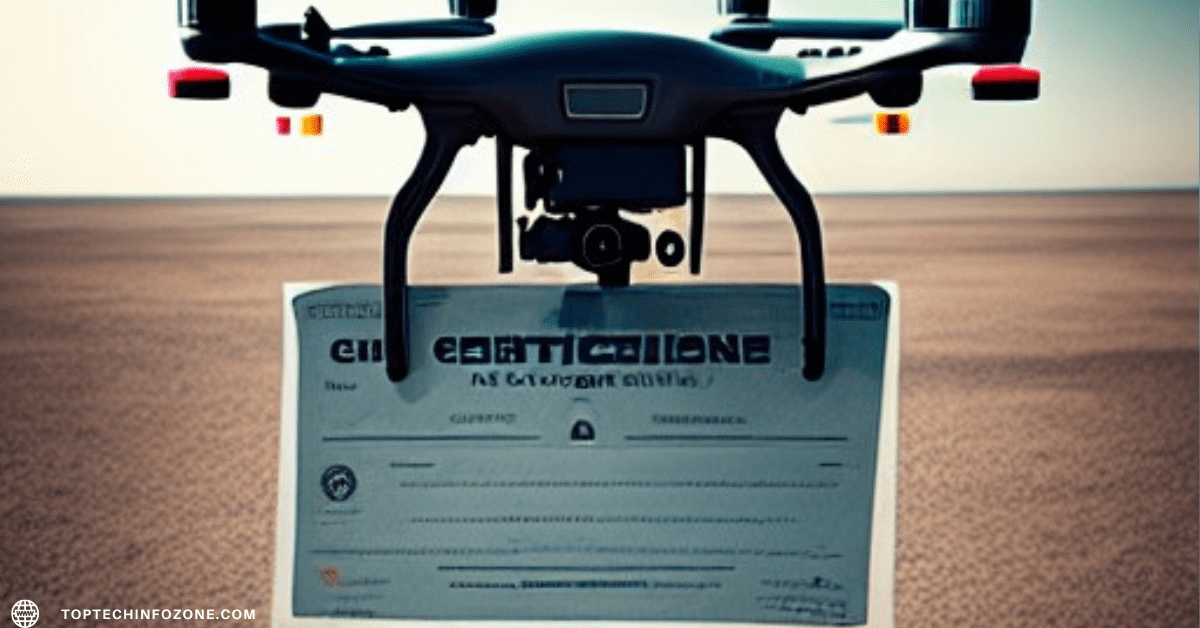
FAA Requirements for Drone Pilot Qualifications (Eligibility):
To obtain a Part 107 certification or Recreational Flyer Certification, you need to meet the following requirements:
- Age: You must be at least 16 years old to obtain a Part 107 certification, while the minimum age for a Recreational Flyer Certification there is no age limit.
- English language proficiency: You must be able to read, write, and speak English proficiently.
- Pass a knowledge test: You must pass an FAA-approved knowledge test to obtain either certification.
- Pass a background check: You must pass a Transportation Security Administration (TSA) background check to obtain a Part 107 certification.
- Be in a physical and mental condition to safely fly a drone.
- Pass the initial aeronautical knowledge exam: “Unmanned Aircraft General – Small (UAG)”
- Register your drone: All drones must be registered with the FAA before flying them.
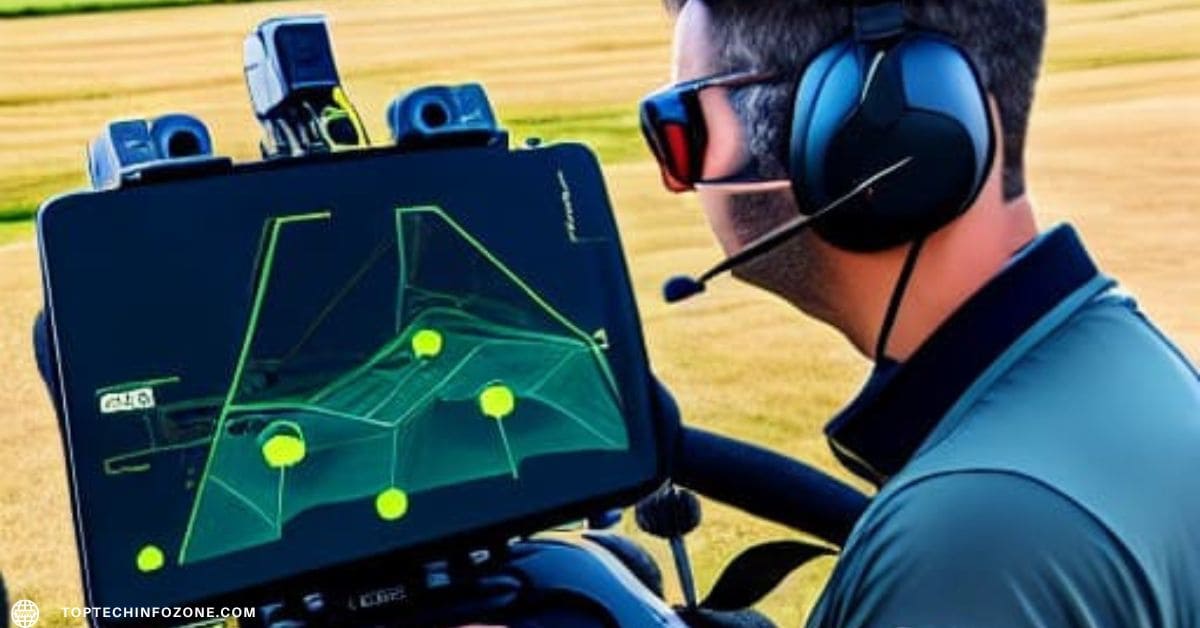
FPV Drone pilot course (Drone Pilot Training):
The FPV Pilot Course is an online program that teaches you how to fly drones using first-person view (FPV) technology.
This type of flying allows you to see what the drone sees through a video feed transmitted to a set of FPV goggles, giving you a more immersive and thrilling experience.
Our course is designed for beginners who want to learn the basics of drone flying and experienced pilots who want to take their skills to the next level.
It covers everything from the mechanics of the drone to advanced flying techniques, such as flips and rolls.
What does the FPV Pilot Course cover?
FPV Pilot Course is divided into modules that cover different aspects of drone flying. Here’s a breakdown of what you can expect to learn:
Module 1: Introduction to Drones
- Drone components and mechanics
- Basic flight controls
- Safety guidelines and regulations
Module 2: FPV Technology
- How FPV technology works
- Different types of FPV systems
- Setting up an FPV system
Module 3: Flying Fundamentals
- Takeoff and landing procedures
- Basic flight maneuvers
- Maintaining orientation
Module 4: Advanced Flying Techniques
- Flips and rolls
- Precision flying
- Flying in acro mode
Module 5: Drone Maintenance
- Basic maintenance and repair
- Battery care and management
- Troubleshooting common issues
How much does it cost to become a drone pilot?
We will break down the costs associated with becoming a drone pilot, including training, certification, insurance, and equipment.
- Training Costs for Drone Pilots
The first step to becoming a drone pilot is to acquire the necessary knowledge and skills to operate a drone safely and effectively. This involves enrolling in a drone training program, which can be done either online or in-person.
The cost of training varies depending on the type of program and the level of certification. Online courses range from $150 to $500, while in-person classes can cost anywhere from $1,000 to $3,000.
- Certification Costs for Drone Pilots
To operate a drone commercially in the United States, a pilot must obtain a Remote Pilot Certificate from the Federal Aviation Administration (FAA).
To obtain this certificate, the pilot must pass an FAA-approved knowledge test. The cost of the test is $150, and it can be taken at an FAA-approved testing center.
In addition to the initial certification, drone pilots must also pass a recurrent knowledge test every two years, which costs $160.
- Insurance Costs for Drone Pilots
Flying a drone comes with certain risks, such as property damage, personal injury, and privacy concerns.
To protect themselves from liability, drone pilots should consider purchasing drone insurance. The cost of insurance varies depending on the coverage amount, but it typically ranges from $500 to $1,500 per year.
- Equipment Costs for Drone Pilots
To operate a drone, a pilot must have a drone, a controller, and other accessories such as batteries, memory cards, and spare parts. The cost of equipment varies depending on the type and quality of the drone, as well as the accessories needed.
Entry-level drones can cost as little as $200, while professional-grade drones can cost upwards of $10,000.
- Additional Costs for Drone Pilots
In addition to the above costs, there are several other expenses that drone pilots should consider. These include:
- Travel expenses: If a pilot needs to travel to a location to fly a drone, they may need to factor in travel costs such as transportation, lodging, and meals.
- Membership fees: Joining a professional organization such as the Academy of Model Aeronautics (AMA) or the Association for Unmanned Vehicle Systems International (AUVSI) can provide pilots with valuable resources and networking opportunities. Membership fees range from $75 to $300 per year.
- Marketing costs: If a pilot plans to operate a drone commercially, they may need to invest in marketing efforts to promote their services.
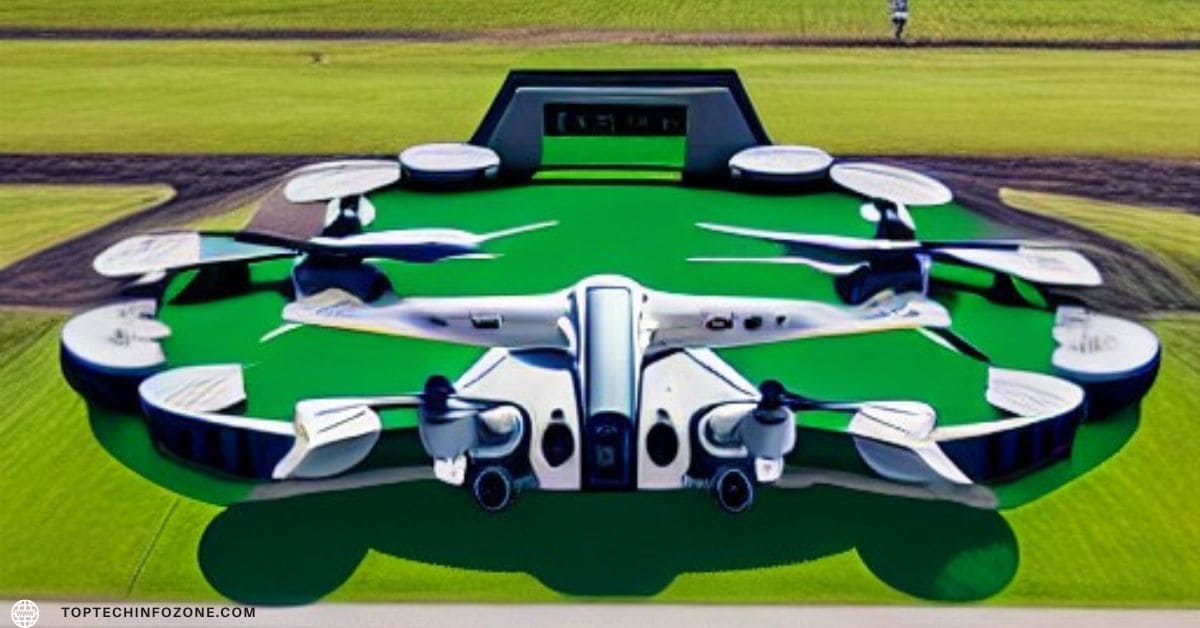
Drone pilot institute in US:
- Academy of Model Aeronautics (AMA)
- Drone Pilots Federation (DPF)
- Association for Unmanned Vehicle Systems International (AUVSI)
- Remote Control Aerial Photography Association (RCAPA)
- Unmanned Aircraft Systems (UAS) America Fund
- National Association of Realtors (NAR)
How much do FPV drone pilots charge?
The charges of a FPV drone pilot can vary depending on several factors, including the pilot’s experience, the type of project, and the location.
Generally, the hourly rate for an FPV drone pilot can range from $50 to $200 per hour. Some pilots may charge a flat rate for a specific project, which can range from a few hundred to several thousand dollars.
Factors that can impact the cost of hiring an FPV drone pilot include the complexity of the project, the location of the shoot, and the amount of time required for pre-production planning and post-production editing.
Pilots with more experience and specialized skills, such as the ability to fly in challenging environments, may also command higher rates.
The charges of FPV drone pilots can vary widely depending on the factors listed above. On average, however, FPV drone pilots charge between $250 and $500.
Best drone pilot in the world:
The world of drone flying is constantly evolving, with new techniques and technologies emerging all the time, and different pilots may excel in different areas of expertise.
However, some names that are frequently mentioned in discussions of the top drone pilots in the world include Johnny FPV, Paul Nurkkala and Gabriel Kocher.
These pilots have gained fame for their stunning aerial footage and their ability to push the limits of what is possible with a drone.
Johnny FPV, whose real name is Johnny Schaer, is known for his high-speed, cinematic drone footage, which has been featured in numerous commercials and music videos.
Paul Nurkkala, who goes by the handle Nurk FPV, is a three-time US Drone Racing Champion who has also made a name for himself as a freestyle pilot.
Gabriel Kocher, aka Gab707, is a Swiss pilot who is known for his technical precision and his ability to fly in challenging environments.
FPV drone pilot jobs:
Here is a list of some FPV drone pilot jobs:
- Film and television production: FPV drone pilots can be hired to capture dynamic and cinematic aerial footage for movies, TV shows, and commercials.
- Real estate: Drones can be used to capture aerial footage of properties, creating stunning aerial tours for real estate listings.
- Agriculture: FPV drone pilots can be hired to use drones for crop monitoring, mapping, and other agricultural applications.
- Construction: Drones can be used for site inspections and progress reports, providing a cost-effective and efficient solution for construction companies.
- Search and rescue: FPV drones can be used to aid in search and rescue missions, allowing pilots to access difficult-to-reach areas and providing real-time data to rescue teams.
- Surveying and mapping: Drones can be used for surveying and mapping applications, providing high-resolution aerial imagery and data for a range of industries.
- Inspection: Drones can be used for inspecting hard-to-reach structures, such as wind turbines, cell towers, and bridges.
- Event coverage: FPV drone pilots can be hired to capture aerial footage of events such as weddings, concerts, and sporting events.
FPV drone pilot salary:
The salary of an FPV drone pilot can vary widely depending on a number of factors, including experience, industry, and location.
In general, FPV drone pilots who work full-time for companies can earn between $40,000 and $100,000 per year, with some experienced pilots earning even more.
Freelance drone pilot:
Freelance FPV drone pilots can earn a higher hourly rate, but their income can be more unpredictable as it depends on the number of clients they have and the amount of work they are able to secure.
According to data from ZipRecruiter, the average hourly rate for freelance FPV drone pilots in the United States is around $50 per hour, with rates ranging from $25 to $150 per hour.
Drone pilot network:
Drone Pilot Network is a platform that connects clients with drone pilots for hire.
The network provides clients with access to a wide range of drone services, including aerial photography, videography, mapping, surveying, and inspection.
Drone Pilot Network offers a simple and efficient process for clients to find and hire drone pilots for their specific needs.
Clients can search for pilots based on location, drone type, and skillset. Once a pilot is selected, clients can then communicate directly with the pilot to discuss the scope of the project and any specific requirements.
For drone pilots, Drone Pilot Network provides an opportunity to expand their business and find new clients.
The platform offers a simple way to create a profile and showcase their skills and experience. Pilots can also set their own rates and availability, giving them greater control over their schedule and income.
Licensed drone pilot (Commercial drone pilot):
A licensed drone pilot is someone who holds a Remote Pilot Certificate issued by the Federal Aviation Administration (FAA) in the United States.
This certificate is required for anyone who wants to operate a drone commercially, which includes any drone operation in exchange for payment or other compensation.
Becoming a licensed drone pilot is an important step for anyone who wants to operate a commercial drone pilot.
It not only ensures that pilots are knowledgeable about safe and legal drone operations, but it also gives clients peace of mind that they are working with a qualified and responsible drone operator.
Conclusion:
Becoming a FPV drone pilot is a fun, challenging, and rewarding hobby that can provide you with a whole new perspective on the world. By investing in the right equipment, practicing regularly, and following local laws and regulations, you can become a skilled and responsible FPV drone pilot. So what are you waiting for? Take to the skies and see the world from a whole new perspective as an FPV drone pilot.
Frequently Asked Questions (FAQs):
A drone pilot is a pilot in the sense that they operate an aircraft, but they may not be considered a “real” pilot by some people since they do not physically sit in the aircraft. However, drone pilots are still required to have training and certification by the relevant aviation authorities, and they play an important role in the operation of unmanned aerial vehicles.
A good drone pilot possesses skillful flying, situational awareness, attention to detail, and adherence to safety regulations.
Yes, there is a future for drone pilots, as the use of drones is increasing in various industries such as agriculture, construction, film-making, and package delivery, among others.
Drone pilots face challenges such as navigating complex airspace regulations, maintaining situational awareness, managing equipment malfunctions, dealing with weather conditions, and ensuring data privacy and security.
Related Posts:
- LiDAR Drones: Revolutionizing Remote Sensing and Data Collection (2023)
- The Revolutionary Selfly Drone: Changing the Game of Personal Photography (2023)
- Mastering Different Flight Modes for Drones: A Comprehensive Guide (2023)
- Revolutionizing Innovation: Self-Flying Drones Take Technology to New Heights (2023)



